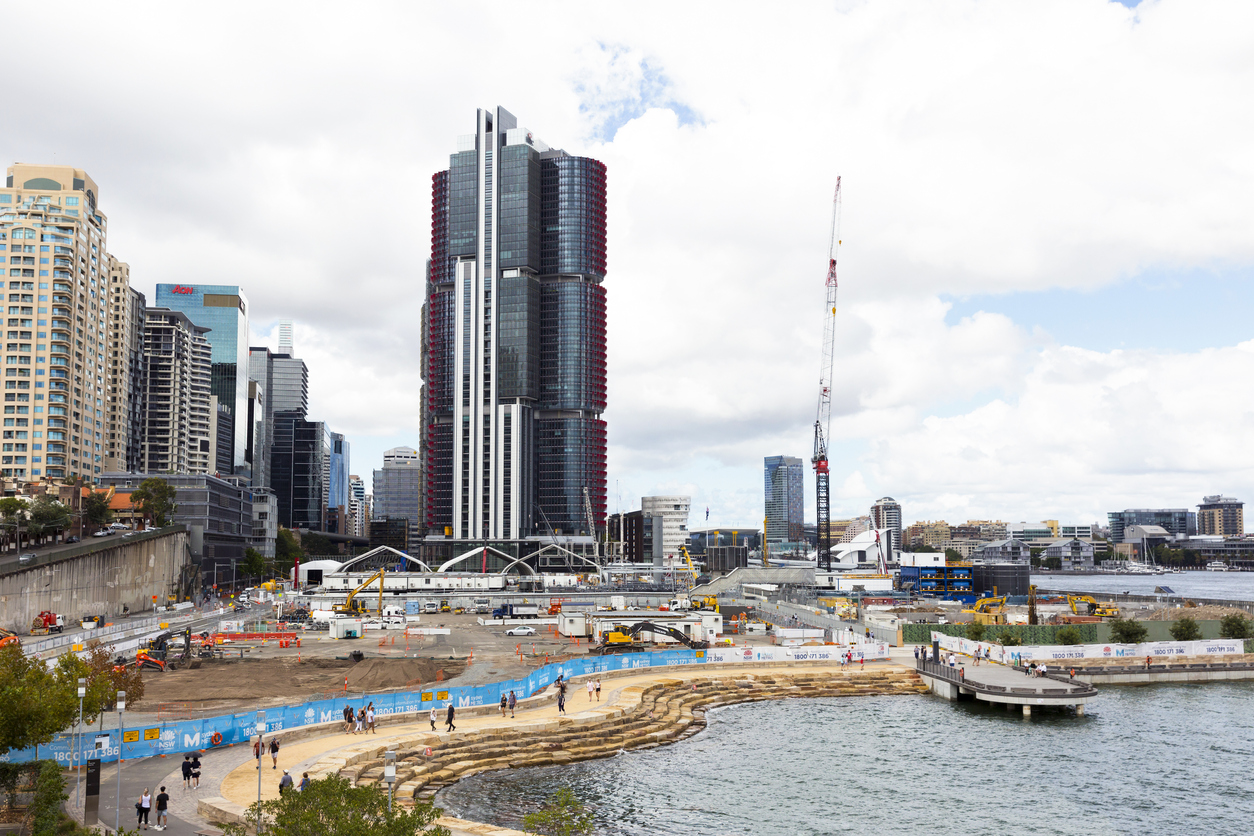Non-Residential Building Continues to Buoy Australia’s Construction Sector
TUD+ MEMBER CONTENTAustralia’s construction sector continues to keep its head above water thanks to commercial building and infrastructure work, according to the latest Australian Performance of Construction Index.
The index, run by the Australian Industry Group and the Housing Industry Association, indicated that March was the 14th consecutive month of industry-wide expansion driven largely by a strong lift in demand, with new orders expanding at the fastest rate in eight months.
The monthly index rose 1.2 points to 57.2 last month, leaving it behind the levels seen in previous years, but still maintaining positive growth. Three of the index’s four sub-sectors including housing, apartment, engineering and commercial construction saw expansion, led by commercial construction which expanded 7.2 points to 65.0 – the highest level since the survey's inception in September 2005.
Related reading: Sydney Housing Market Has Slowed: Here’s How the Construction Pipeline Has Responded
The national composite index takes its scores on a weighted mix of activity, orders and new business, deliveries and employment in the sector. Readings above 50 points indicate construction activity is “generally expanding”, while a mark below 50 represents a decline. The greater the distance from 50 on the Australian PCI, the stronger the increase in activity.
Less intense was the growth of engineering and housing construction activity, while apartment construction activity across Australia reportedly remained stable.
Related reading: Australia's Residential Construction Sector is Looking Up

Input price inflation remained elevated in March, down 1.1 points to 75.9, while growth in wages continued at a slightly slower rate, down 2.1 points to 62.0.
"The expansion of Australia's construction sector continued in March led by gains in commercial construction and infrastructure work and supported by robust levels of activity in house building,” Ai Group head of Policy Peter Burn said.
“Construction maintained its strong contribution to Australia's workforce with employment in the sector growing for the eleventh month in a row.
Related reading: Slow Apartment Market Weighs on February Building Approvals
“In recent months, healthy activity levels have been accompanied by a gradual acceleration of wages, input costs and selling prices.”
Overall, Australia’s construction sector grew to 57.2 in March, adding to February’s index score of 56.0 when it was already interpreted that the country’s industry was on the path of growth through 2018.
HIA senior economist Shane Garrett said there was a rebalancing under way in the composition of new dwelling construction.
“The latest Australian PCI indicates that detached house building continues to expand, a trend corroborated by ABS data last week which showed detached house approvals at a two-year high.
“New apartment building is coming under pressure as a result of APRA restrictions and higher obstacles to foreign buyers.
“Over time, we expect growth on the detached house side to partly counterbalance the significant declines in new apartment building activity," Garrett said.














